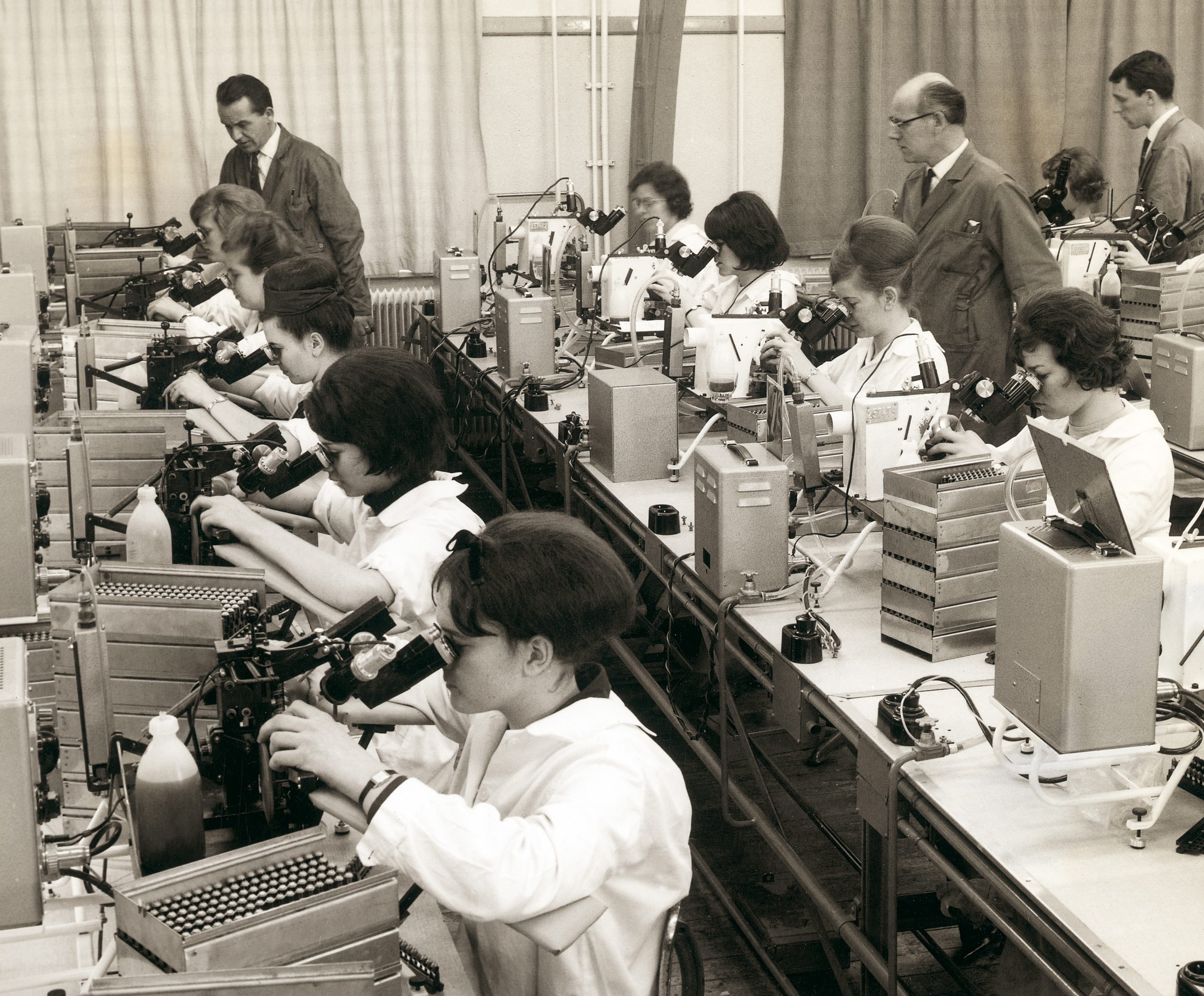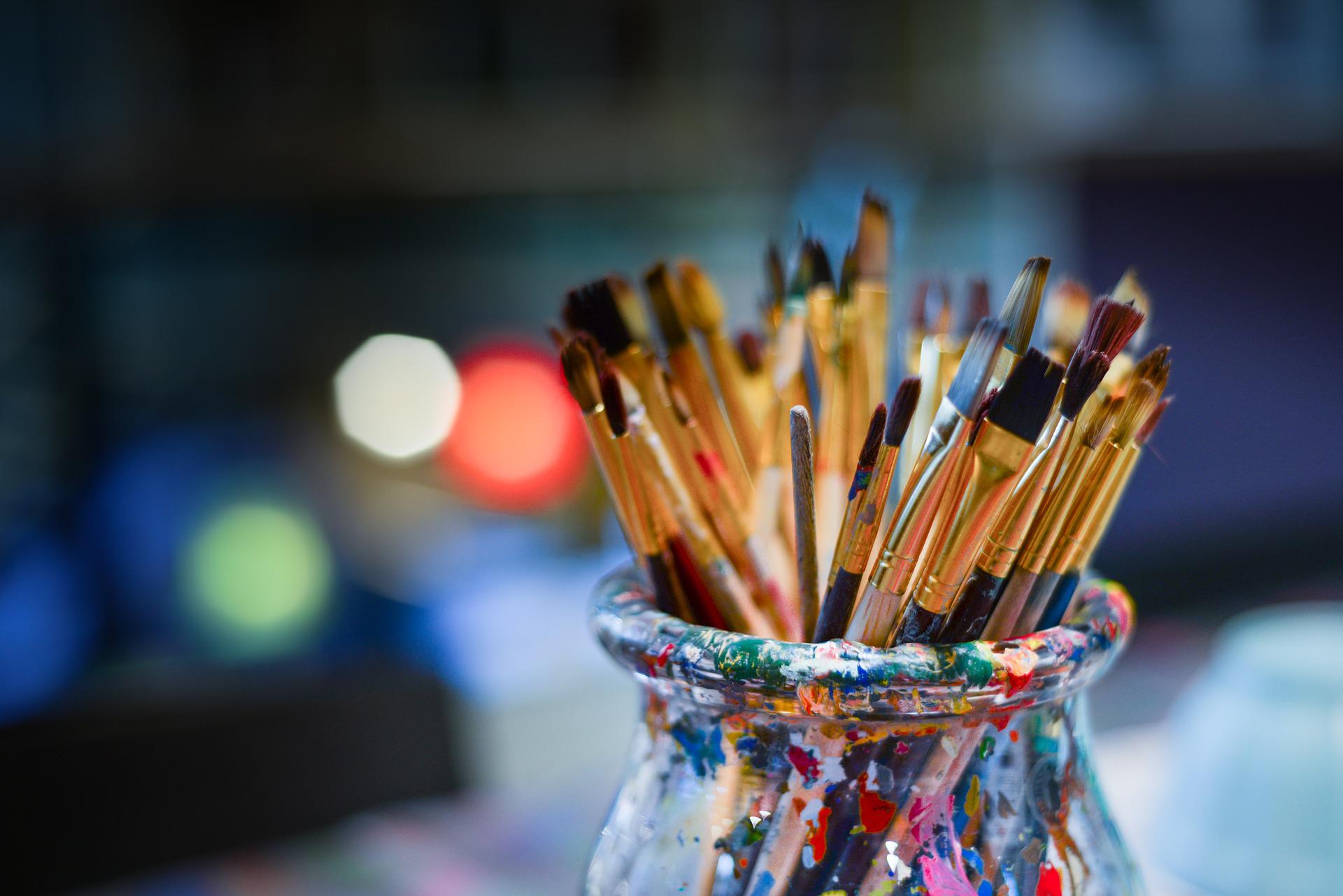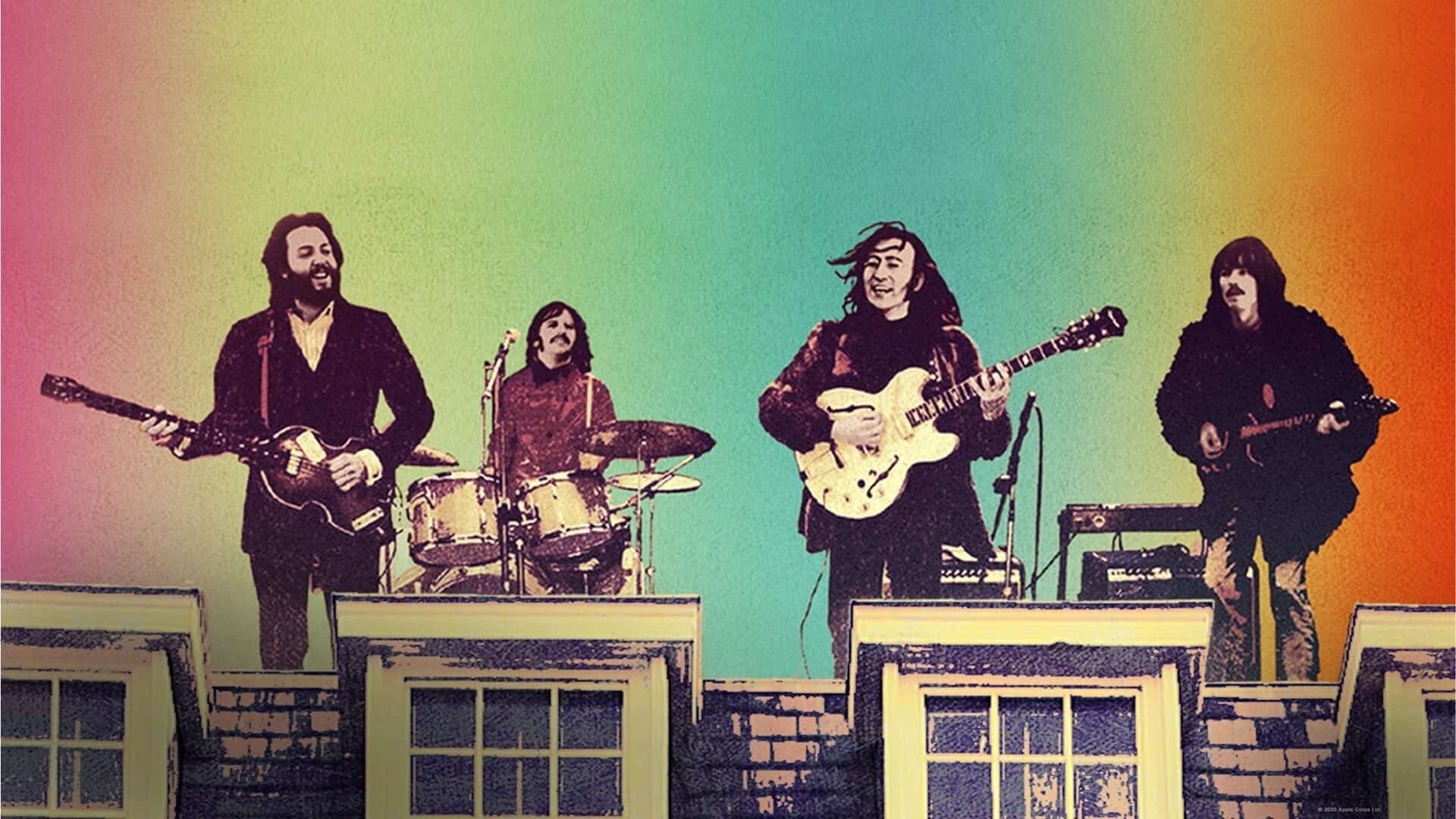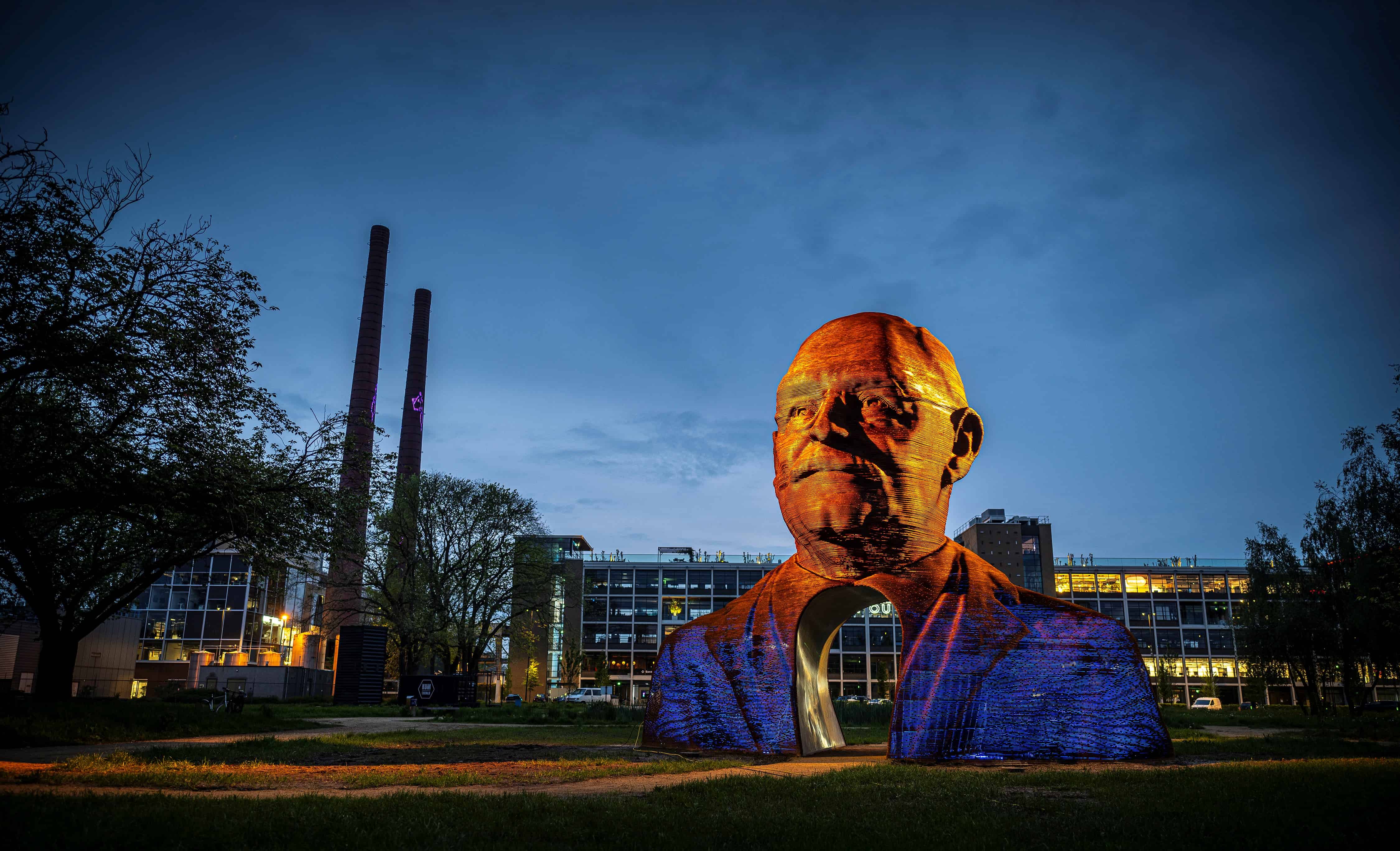
Artificial intelligence (AI) is opening doors to new forms of art. Whether a painting is created with a paintbrush and paint or with a keyboard and a mouse, the essence remains the same. Art continues to be something that is unique. “In any event, we will have to prepare upcoming generations for a future in which AI will also play a major role in art,” says AI artist Scy Heidekamp.
Amper software
AI systems can generate paintings as if Botticelli had painted them with his own hands and is also able to compose music in the style of The Beatles. Speaking of AI-generated music, it has been five years since the first music album produced entirely by AI was released.
This is what singer-songwriter Taryn Southern managed to do with the song Break Free. This song is part of the album that was released in 2017 and which was created with Amper software. This software is already capable of composing and producing music and much more. You can set quite a few preferences: the preferred duration, a mood, a tempo and a genre.
Cheating
AI generates artwork that humans would perhaps never be able to come up with themselves. The reason for this is that the algorithm on which AI is based often thinks extremely out-of-the-box. That doesn’t mean that humans are unable to do the same. But it does mean that the thoughts of people don’t always stretch that far. That opens up new opportunities.
Still, not everyone is jumping on the bandwagon. “Major changes always involve some apprehension,” Scy points out. “And that’s not so strange, because you also saw the same thing happen when people had doubts about whether their jobs would last when computers were invented.”

An AI art app recently received a lot of criticism. As it happens, an annual art contest took place recently in Colorado, USA. While most participants brought along a sculpture, painting or a piece of glass artwork, there was one exception: Jason Allen. He submitted an AI-generated piece of art and went on to win the contest. It wasn’t long before fierce criticism erupted. Artists accused him of cheating.
Valuing authenticity
AI offers the opportunity to create entirely new avenues of art. Nevertheless, not everyone is on board with this: “What depresses me the most is how many non-artists really don’t see a problem, or even a difference between something a human being has created and something an AI has ‘produced’. If you can even call it producing,” argues one artist on the online Internet platform Reddit.
Scy does understand this. She uses an example to explain it: “Think about an e-reader. This gadget makes it easy to download and read a book. Then you might well think: ‘why isn’t everyone using this?’ or ‘that’s much more convenient than reading a real book, right?’ But that doesn’t really capture it, because despite this, plenty of people still continue to appreciate ‘real’ books. The same goes for art. There will always be some authenticity in making a painting yourself. I think that’s one element that will always remain.”
Visual artist Casper de Jong, who calls himself an Interactive Performance Designer, also sees more opportunities than threats in the use of AI. “There are definitely artists who are enthusiastic about it, but there are also plenty of skeptics. I think it is too early to judge whether AI is a threat or not. What I do think is that we are better off embracing and accepting AI as a tool, rather than positioning it as a villain. It can do some really wonderful things and we should take advantage of that.”
Expanding the materials package
Scy also believes that artists would be wiser to choose to embrace and use these tools as a supplement. “Combining materials and techniques is something that will always remain interesting. In that, I see AI as a perfect tool to expand your materials package.”
More and more tools are being rolled out on the market that make it easier for beginners to create art. DALL-E 2 and Midjourney are the most popular right now. “These all have an accessible and user-friendly user interface. The technology that is behind them uses text-to-image technology. All you have to do is write text of what you would like to see. You get a final result based on that,” Scy explains.
These tools work on the basis of so-called diffusion models. “That is to say, it starts with a picture that is nothing more than pixelated static. On that static, an algorithm is run that has been trained by huge databases of text and pictures. The diffusion model guides the static to the description you gave it.” This is how AI algorithms create new images by combining and modifying existing images.

“Actively anti-artist”
Although AI draws on other works of art, its output is unique in all cases. This is due to the huge database where millions of works of art are collected. This is also what worries artists. Such as artist RJ Palmer tweeted, “This thing wants our jobs: it’s actively anti-artist.”
Scy adds: “However, there are two sides to the story. It is admittedly the dataset that most people are concerned about. For the end user, there is very little information available whereby you can see exactly where that data is coming from. Those datasets, which the AI’s learning system is based on, contain huge amounts of pictures and text files. The problem with this is that artists often haven’t even given permission for their work to be included in that dataset.”
Preventing fraud
Another possible use of AI in the arts is in fighting fraud, as it is able to help detect forgeries. AI technology can ascertain authenticity using alternative methods other than traditional authentication methods such as X-ray techniques. The system looks at brush strokes and patterns, scans them and can then “see” in no time in which areas the forged artwork differs from the real thing.

Vision of the future
Scy thinks developments revolving around AI in the art industry are promising, although these are still in the early stages. “In a couple of years, it will undoubtedly all be very different. I think the style we are working with now will be completely retro in ten years’ time. If you look at films from twenty years ago now, you see a pretty big difference in quality and the underlying ideas. That’s how it will be in the art world as well.”







